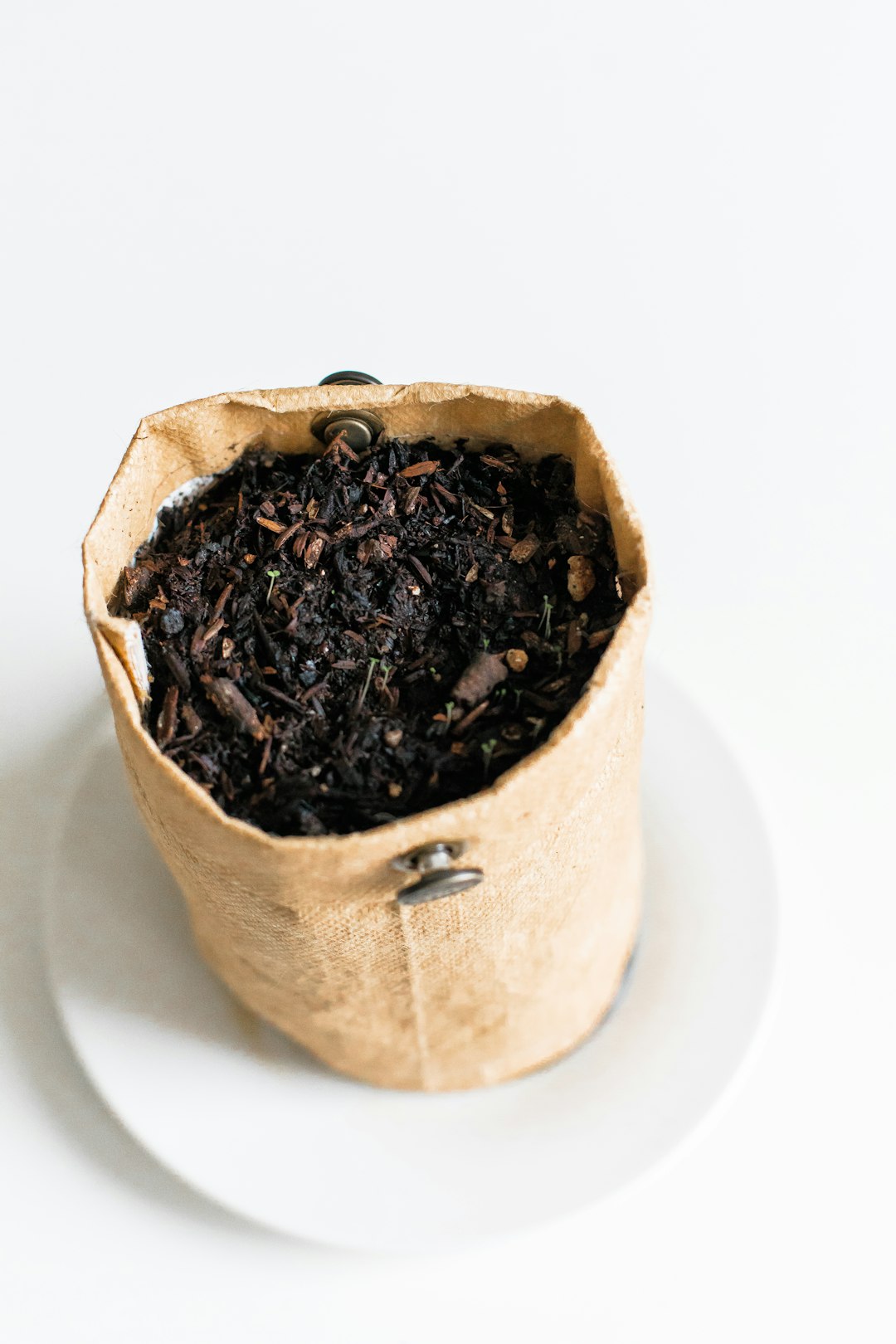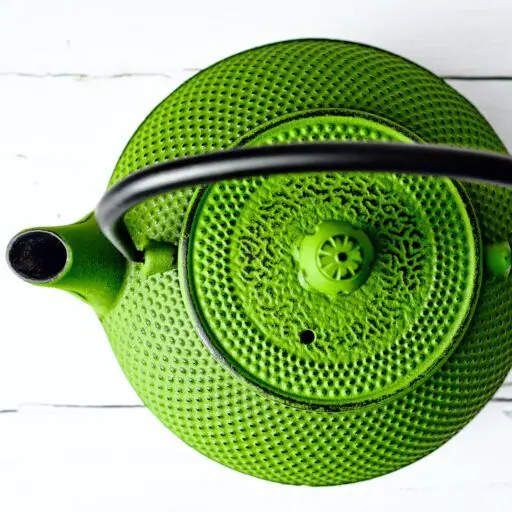Support our educational content for free when you purchase through links on our site. Learn more
Which Tea is the Purest and Least Processed of All Teas? [2024] 🍵
Quick Answer: White tea is considered the purest and least processed of all teas. It is made from the youngest leaves and buds of the Camellia sinensis plant, which are gently withered and dried, allowing natural oxidation during controlled withering. White tea offers a fresh, delicate flavor with varying characters like honeysuckle and melon-like sweetness.
Welcome to Tea Brands™, where we sip and savor the finest teas to bring you expert insights and recommendations. Today, we’re diving into the world of tea processing to answer the burning question: Which tea is the purest and least processed of all teas? Get ready to discover the delicate charm of white tea and why it reigns supreme in terms of purity and minimal processing.
But before we delve into the details, let’s set the stage with a little history. 📜
Quick Tips and Facts
✅ White tea is made from the youngest leaves and buds of the Camellia sinensis plant.
✅ It is minimally processed, allowing natural oxidation during controlled withering.
✅ White tea offers a fresh, delicate flavor with varying characters like honeysuckle and melon-like sweetness.
✅ Other types of tea, such as black, green, and oolong, undergo more extensive processing.
✅ Herbal teas, while popular, are not derived from the Camellia sinensis plant and are not considered true teas.
Now, let’s take a deeper dive into the background and explore the different types of tea.
A Brief History of Tea Processing

Tea has a rich history that dates back thousands of years. Legend has it that the Chinese emperor Shen Nong discovered tea when a tea leaf accidentally fell into his boiling water. Since then, tea has become a beloved beverage enjoyed by people around the world.
The processing of tea leaves plays a crucial role in determining the type of tea produced. While all teas come from the same plant, Camellia sinensis, the variations in processing techniques result in distinct flavors, aromas, and appearances.
Now, let’s explore the different types of tea and their processing methods.
1. Black Tea: Bold and Robust Flavors 🖤
Black tea is known for its dark, robust flavors and is a favorite among tea enthusiasts. Here’s what you need to know about black tea:
- Description: Black tea, also known as “red tea” in China, undergoes full oxidation, resulting in its characteristic dark color and bold flavors.
- Examples: English Breakfast, Assams, Keemuns, East Africa’s single-origin black teas.
- Processing: The leaves are rolled, bruised, oxidized, and dried, allowing the enzymes in the leaves to fully react with the oxygen in the air.
- Flavors: Black teas range from malty to bittersweet, with hints of fruit and caramel.
While black tea offers a robust and satisfying flavor profile, it undergoes extensive processing compared to other types of tea.
2. Green Tea: Fresh and Vibrant 🌿
Green tea is cherished for its fresh, vegetal character and vibrant green color. Here’s what you need to know about green tea:
- Description: Green tea production focuses on preventing oxidation, preserving the natural green color and fresh flavors.
- Varieties: Chinese green tea, Japanese Sencha.
- Processing: The leaves are gently withered and immediately heated to halt oxidation, preserving the natural green color and fresh flavors.
- Flavors: Green teas can range from sweet and floral to intense and sweet-savory, depending on the origin and processing techniques.
Green tea is revered for its health benefits and delicate taste. Its minimal processing allows the natural flavors and antioxidants to shine through.
3. Oolong Tea: The Best of Both Worlds 🌺
Oolong tea strikes a balance between the robustness of black tea and the freshness of green tea. Here’s what you need to know about oolong tea:
- Description: Oolong tea is semi-oxidized, offering a unique spectrum of flavors between black and green tea.
- Varieties: Oolongs range from lighter, greener oolongs to darker, heavily oxidized oolongs.
- Processing: The oxidation process is halted at a controlled point, resulting in a wide range of flavors and aromas.
- Flavors: Oolong teas can have delicate floral notes, tropical fruit flavors, and hints of black cherry and cacao.
Oolong tea’s processing method allows for a diverse range of flavors and aromas, making it a favorite among tea connoisseurs.
4. White Tea: The Epitome of Purity 🌼
Now, let’s talk about the star of the show: white tea. White tea is the least processed of all teas, making it the epitome of purity. Here’s what you need to know about white tea:
- Description: White tea is made from the youngest leaves and buds of the Camellia sinensis plant.
- Processing: The leaves are gently withered and dried, allowing natural oxidation during controlled withering.
- Flavors: White tea offers a fresh, delicate flavor with varying characters like honeysuckle and melon-like sweetness.
White tea’s minimal processing allows the natural flavors and aromas of the tea leaves to shine through. It is often described as delicate and refreshing, with a light and subtle taste.
FAQ

What is the purest and least processed tea?
White tea is considered the purest and least processed of all teas. Its minimal processing allows the natural flavors and aromas of the tea leaves to shine through.
Read more about “The Healthiest Tea Brands of 2023”
What is the number one healthiest tea?
While all teas offer health benefits, green tea is often hailed as one of the healthiest teas due to its high concentration of antioxidants and potential positive effects on metabolism and brain function.
Read more about “What are the Top 10 Best Kinds of Tea in 2024?”
Which tea is essentially unprocessed?
White tea is essentially unprocessed compared to other types of tea. Its minimal processing allows the tea leaves to retain their natural characteristics.
Which tea is most processed?
Black tea is the most processed of all teas. Its full oxidation process gives it its characteristic dark color and bold flavors.
Conclusion

In conclusion, white tea takes the crown as the purest and least processed of all teas. Its minimal processing allows the natural flavors and aromas of the tea leaves to shine through, resulting in a delicate and refreshing taste. While black, green, and oolong teas offer their own unique flavors and characteristics, white tea stands out for its purity and minimal intervention.
So, the next time you’re looking for a tea that embodies simplicity and purity, reach for a cup of white tea. Savor its delicate flavors and enjoy a moment of tranquility. ☕
🌟 Recommended Links:
- 👉 Shop White Tea on: Amazon | Walmart | Etsy
- Tea Brand Spotlights: Tea Brands™ – Tea Brand Spotlights
- Tea Brand Guides: Tea Brands™ – Tea Brand Guides
- Health Benefits of Tea: Tea Brands™ – Health Benefits of Tea
- Tea Education and Tips: Tea Brands™ – Tea Education and Tips
- Tea Culture and History: Tea Brands™ – Tea Culture and History
- The Healthiest Tea Brands of 2023: Tea Brands™ – The Healthiest Tea Brands of 2023
🔗 Reference Links:

